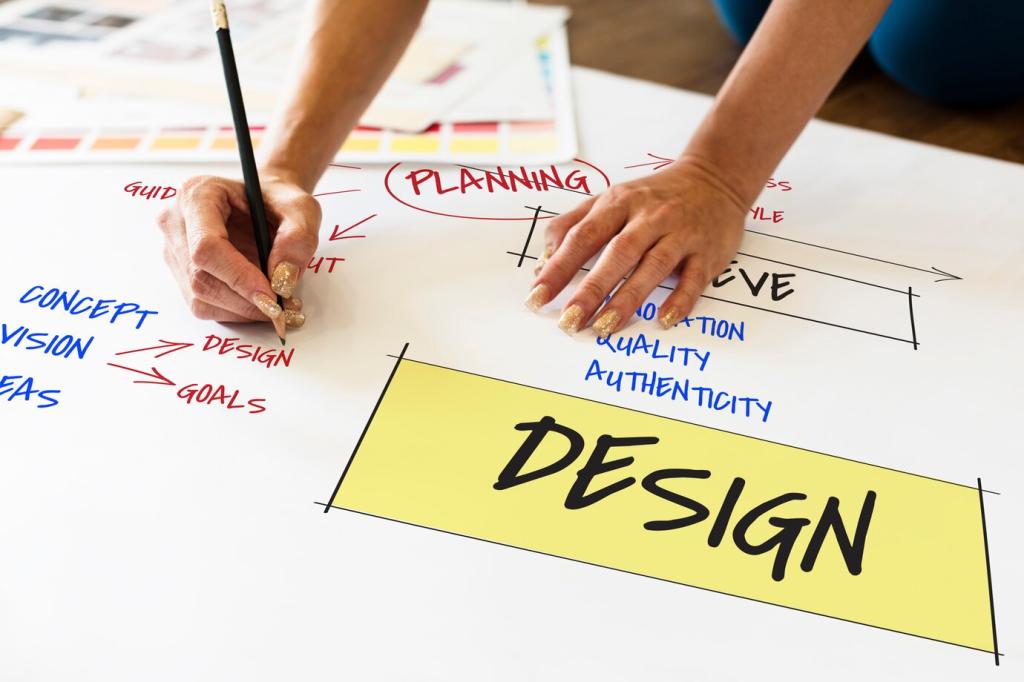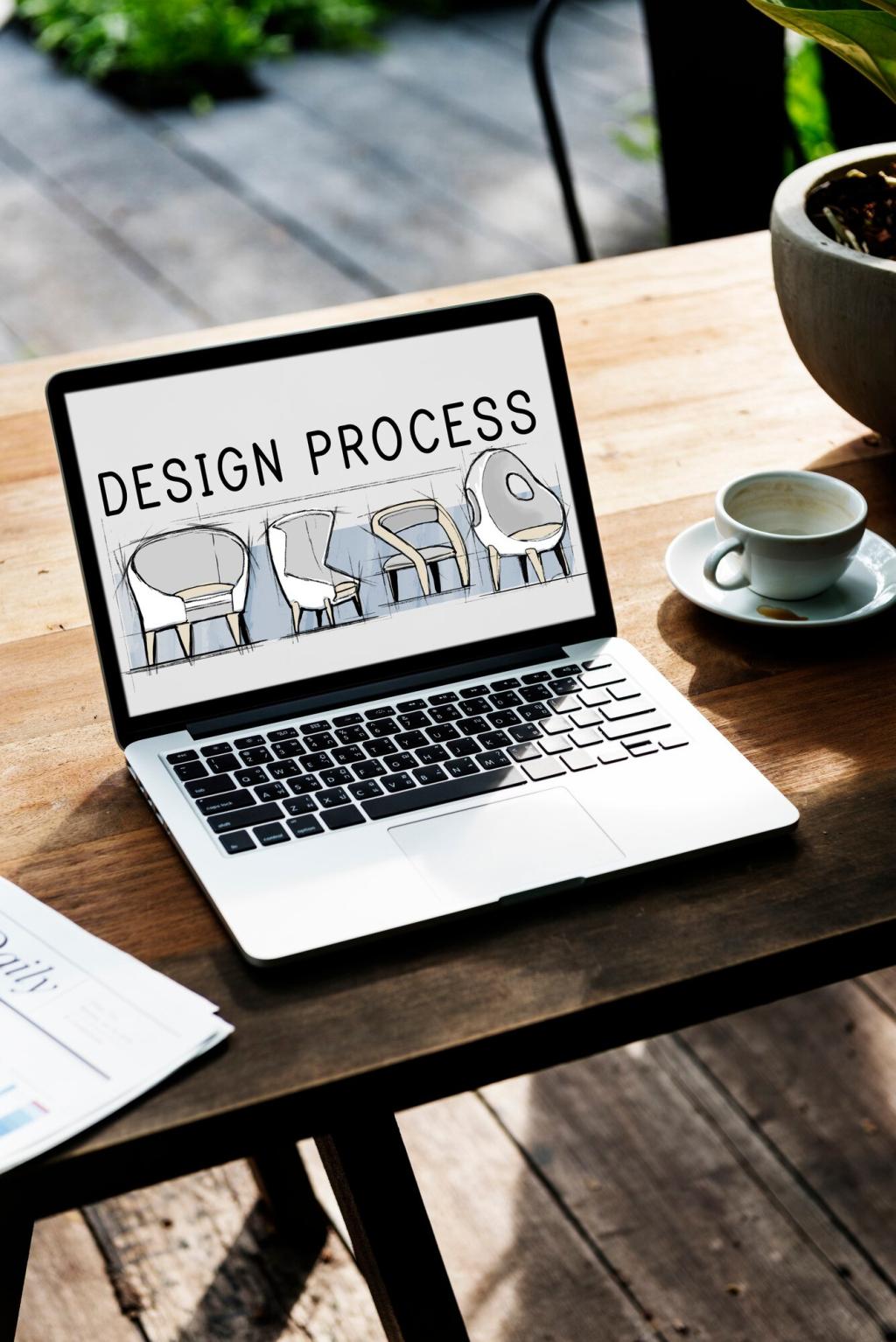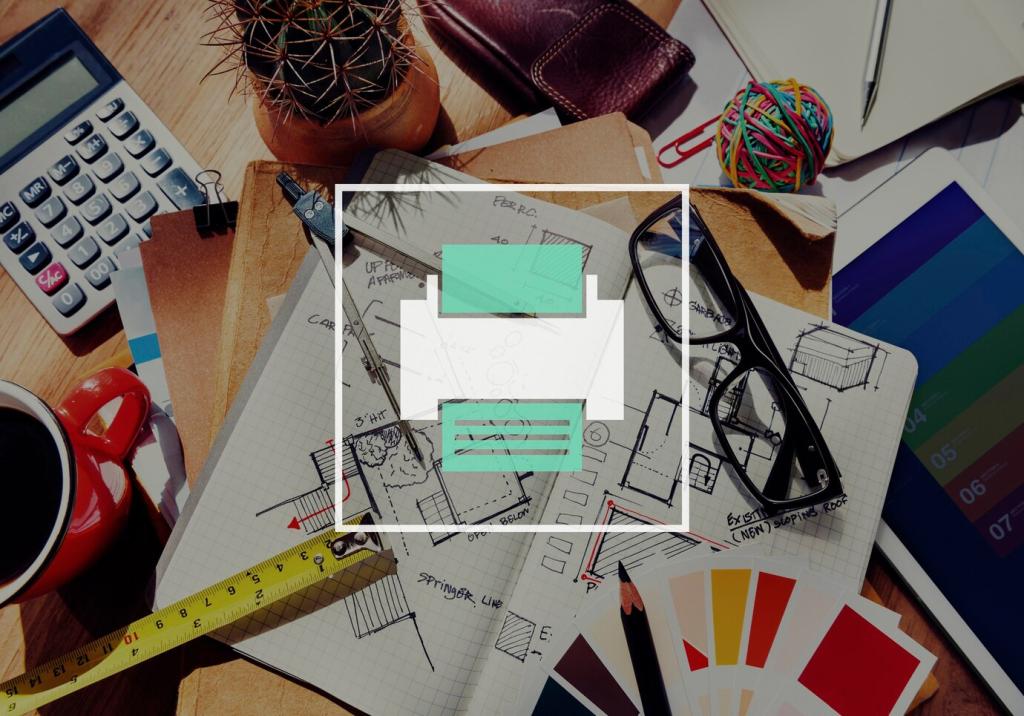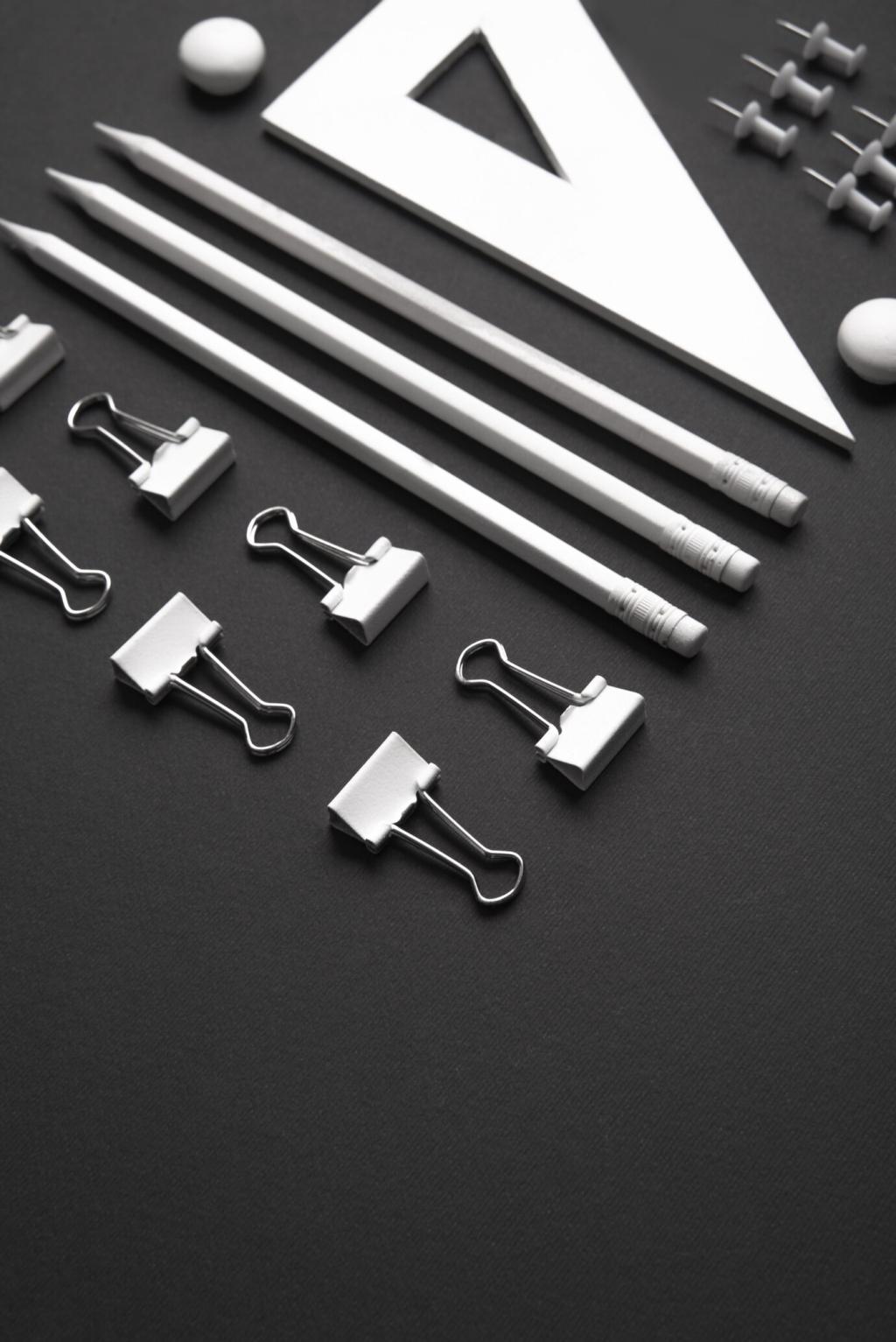The Role of Virtual Reality in Interior Design
Chosen theme: The Role of Virtual Reality in Interior Design. Step into a future where ideas become walkable spaces, decisions feel intuitive, and imagination guides every detail. Explore how VR transforms interiors—and join the conversation by sharing your vision.

Why Immersion Changes Everything
When clients literally stand inside a concept, they respond with instinct, not abstract interpretation. VR lets them sense cozy corners, sightlines, and circulation, reducing hesitation and encouraging timely, confident approvals. Tell us your biggest design hesitation right now.

Workflow: From Sketch to VR to Build-Out
Start with rough massing, move to detailed BIM or CAD, then export to a real-time engine for immersive reviews. Each iteration remains traceable, so stakeholders see progress, not chaos. Want our checklist? Subscribe for the free download.

Designing for Every Body
Evaluate turning radii, reach ranges, and threshold transitions using scenario-based VR walkthroughs. Test wheelchair clearance, stroller paths, and cane visibility lines to transform good intentions into measurable inclusivity from day one.
Acoustics, Privacy, and Quiet Zones
While sound is simulated differently than visuals, VR can still stage acoustic intent with zones, material proxies, and behavioral cues. Clients experience privacy gradients and social energy before a single panel is installed.
Comfort Beyond Motion Sickness
Thoughtful navigation, stable frame rates, and intuitive teleportation keep experiences pleasant. Designers who curate pace and posture in VR often produce calmer, more considerate interiors in reality. Tell us how you keep sessions comfortable.
Sustainability and Savings Through Virtual Prototyping

Fewer Samples, Smarter Choices
A virtual materials library cuts shipments and discarded swatches. By narrowing selections after immersive evaluations, your final physical samples are targeted, relevant, and far less likely to land in storage or landfill.

Preventing Fit-Out Missteps
Walking the virtual space reveals clashing fixtures, awkward door swings, and blocked vents before procurement. These early catches prevent costly change orders and wasted materials that strain budgets and timelines alike.

Travel Less, Collaborate More
Remote VR sessions unite clients, consultants, and fabricators without airfare. Fewer trips mean lower emissions and faster decisions. Join our newsletter to learn how studios coordinate global teams with weekly virtual stand-ups.
Tools and Tactics: Headsets, Engines, and Capture
Balance portability, resolution, and comfort. Standalone headsets ease demos; tethered devices excel at fidelity. Always test session length and strap ergonomics so clients remember your design, not pressure points.


Tools and Tactics: Headsets, Engines, and Capture
Engines like Unreal and Unity enable lighting control, variant switching, and hand-tracked interactions. Keep interfaces minimal and purposeful so clients focus on space, not menus. What interaction would most help your reviews?
Narrative Design: Tell a Story Clients Can Walk Through
From Moodboard to Journey
Translate palettes and references into a spatial sequence: arrival, discovery, linger, and release. In VR, clients feel the beats, not just see them, aligning brand and behavior with moving clarity and purpose.
A Boutique Hotel Anecdote
A small team prototyped lobby lighting scenes in VR, testing evening jazz warmth versus morning espresso brightness. The final scheme boosted dwell time, bar revenue, and online reviews—all traced back to immersive decision-making.
Invite Feedback, Build Community
Ask clients to mark favorite corners and frustrating bottlenecks during VR tours. Their notes become chapter headings for the design story. Share your most surprising client insight, and subscribe for monthly narrative prompts.
